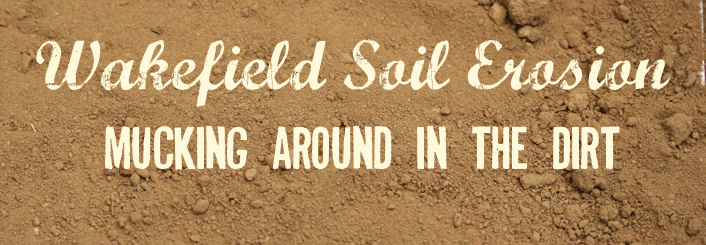During this week, we learned all about soil erosion and how to prevent it. When learning about soil we did a ton of fun activities such as: participating in a lab of how to prevent sedimentation into our water by using our rainboxes, we also tested soils for their nutrients (Potassium, Nitrogen, and Phosphorus), we planned and mapped on a construction site of how to prevent problematic situations, like gullies and rills, and we also went around campus and took pictures of all the soil erosion that was happening right in front of us. The week was a great learning experience! Thank you!
Vocabulary:
Rill – a small rivulet or brook
Gully – Small valley or ravine originally worn away by running water and serving as a drainage way after prolonged heavy rains
Soil texture – four components of soil: organic matter, mineral (sand, silt, and clay), water, and air
Turbidity- the amount of soil particles measured by the rate of light to travel through water
Soil Erosion – moving of soil, by wind or rain
Detachment – When a rain drop falls onto the ground, detaching a soil particle from a whole
Transport- the transport of soil, moved by water
Questions:
If we never stopped soil erosion, or tried to prevent it, what would happen?
What is the highest turbidity measure?
Lastly, when people first discovered soil erosion, what did they do to stop it?
Our group testing out our rainbox!
Soil Erosion around Wakefield's Campus.
Got this picture off of google, testing the soil for different nutrients. Such as we did in our lab in class. This is most likely a pH test and I would guess that their soil has a pretty high pH.
Citations: The two first pictures I got from Picasa, the third one was from google:






No comments:
Post a Comment